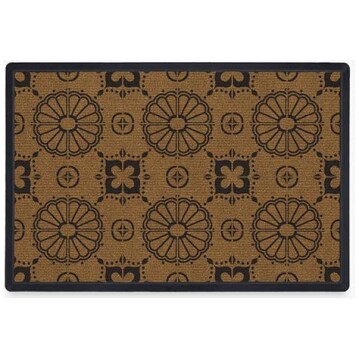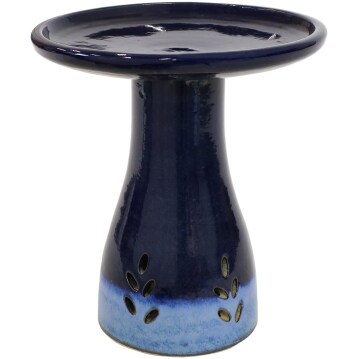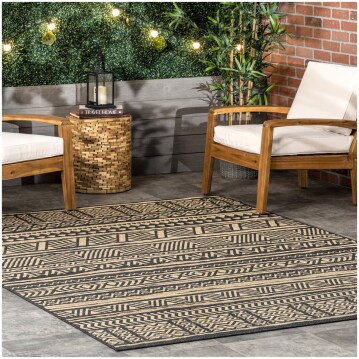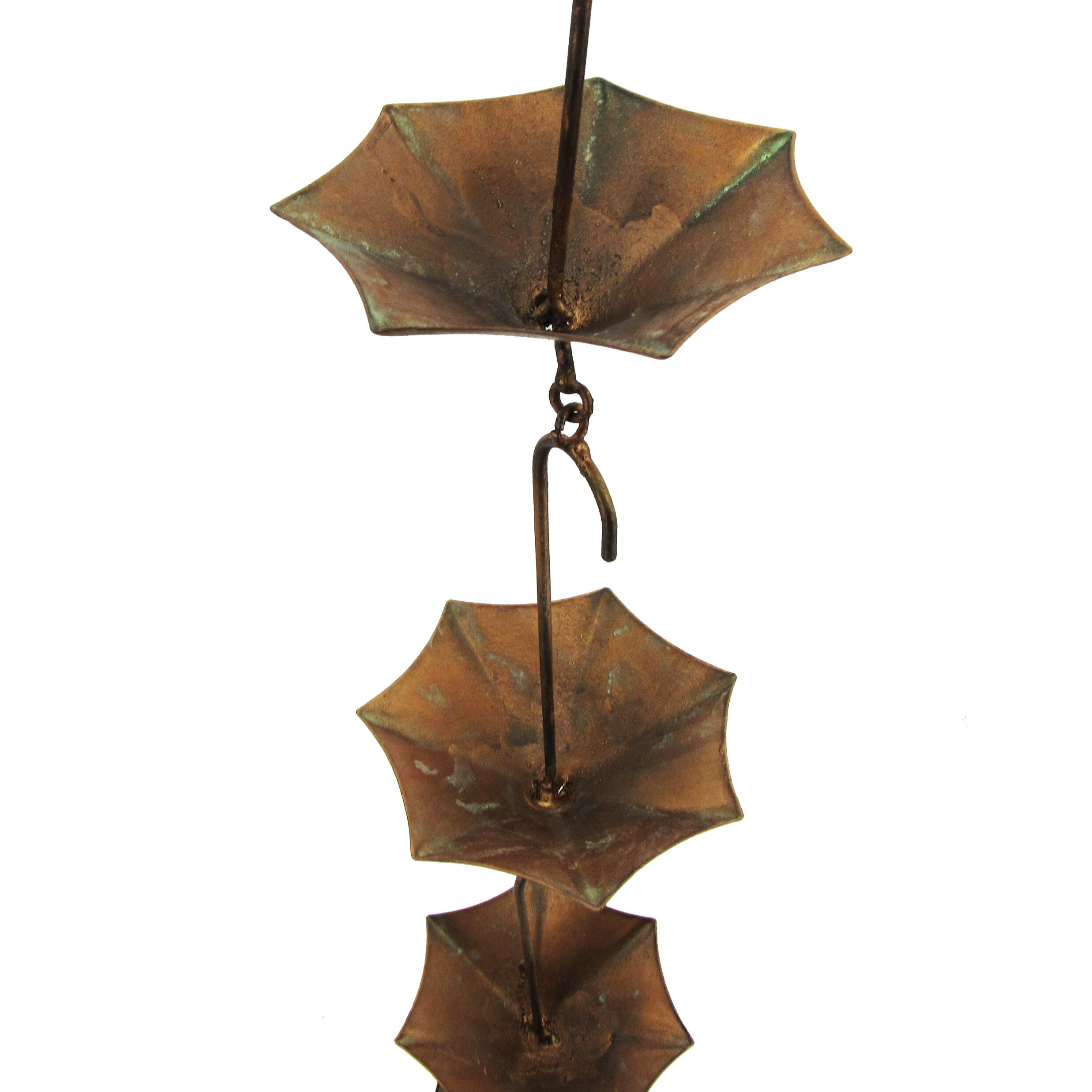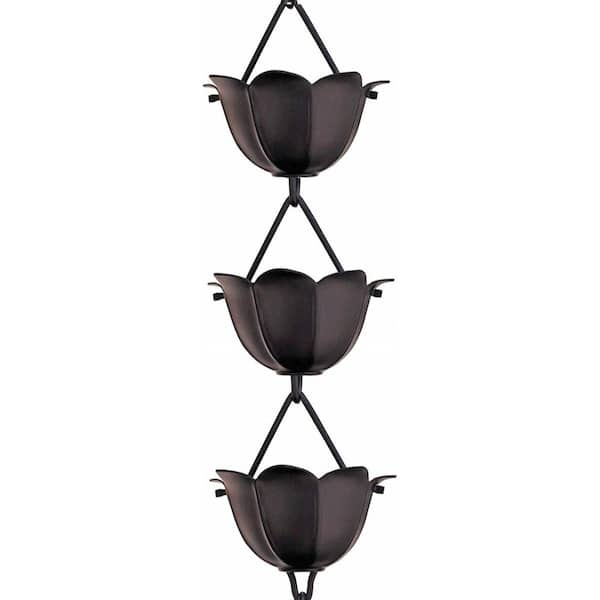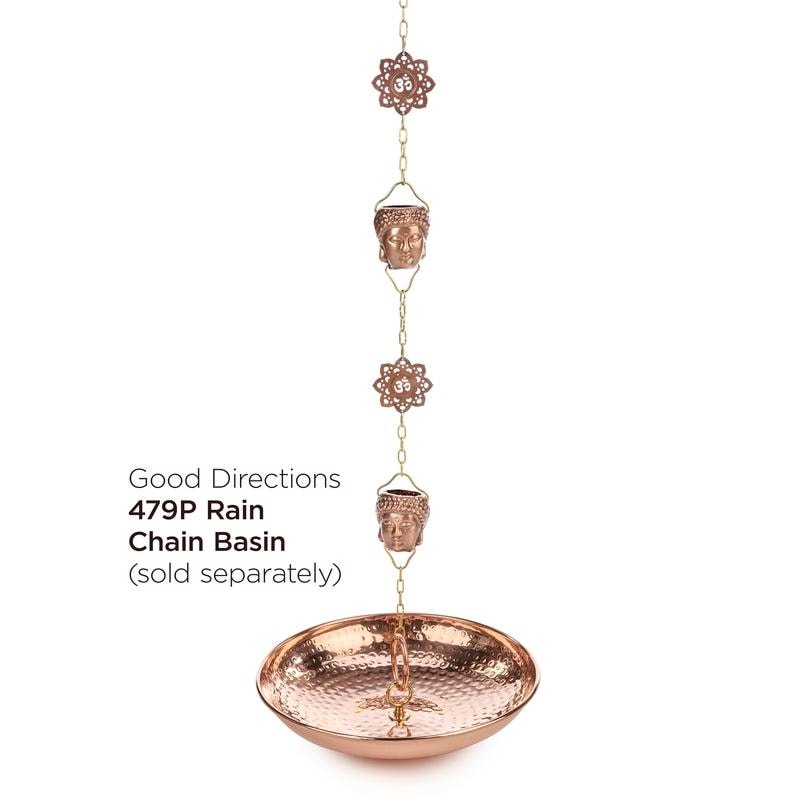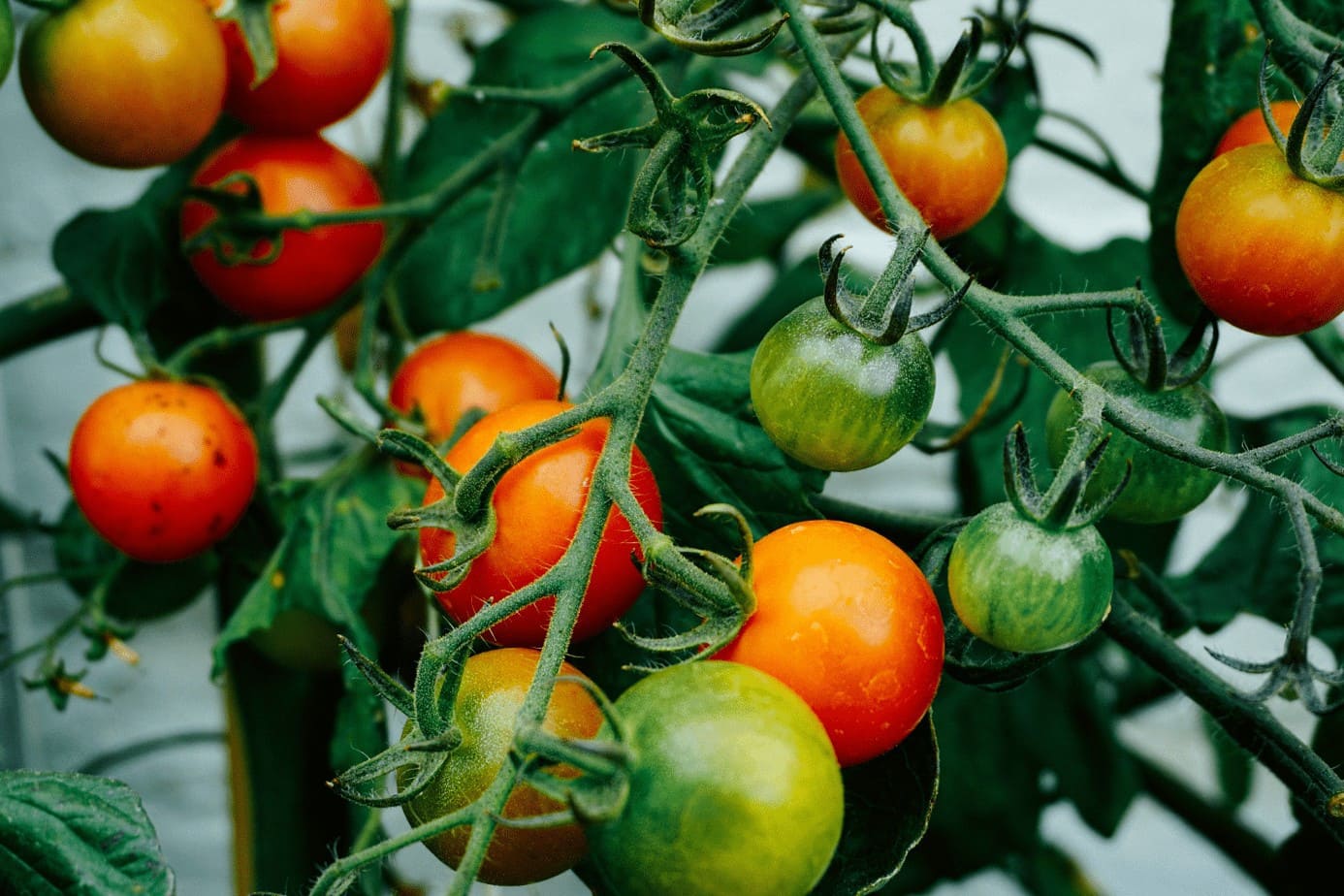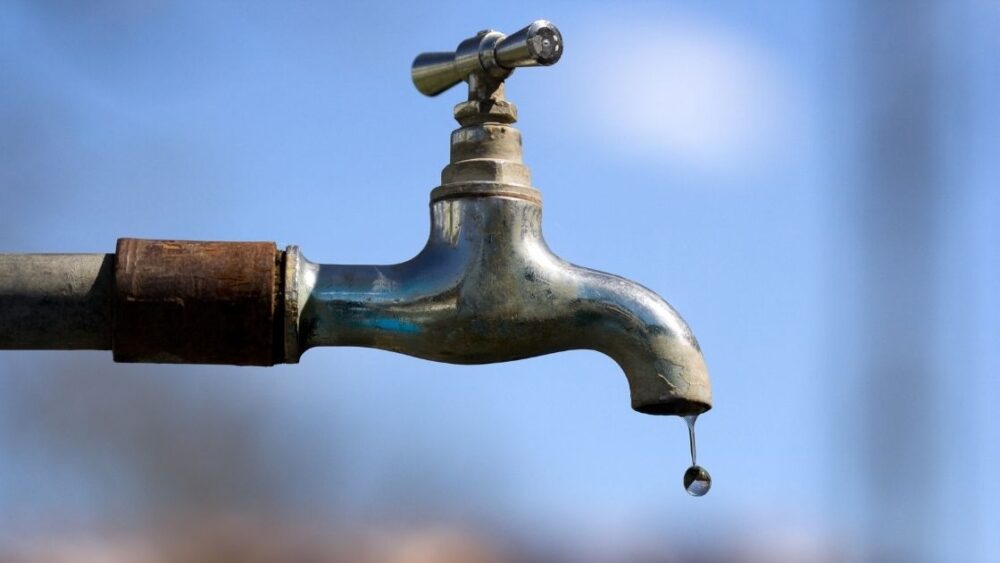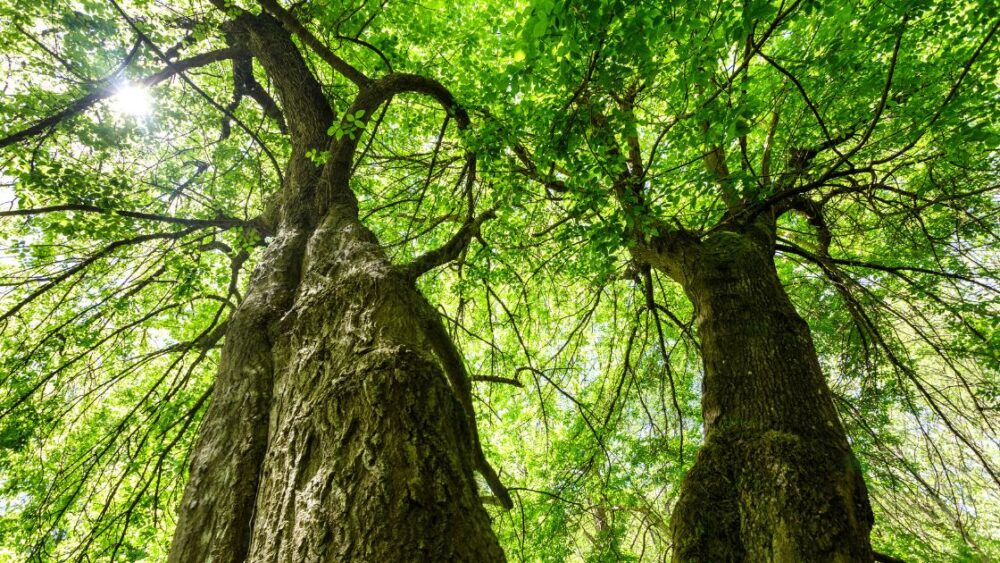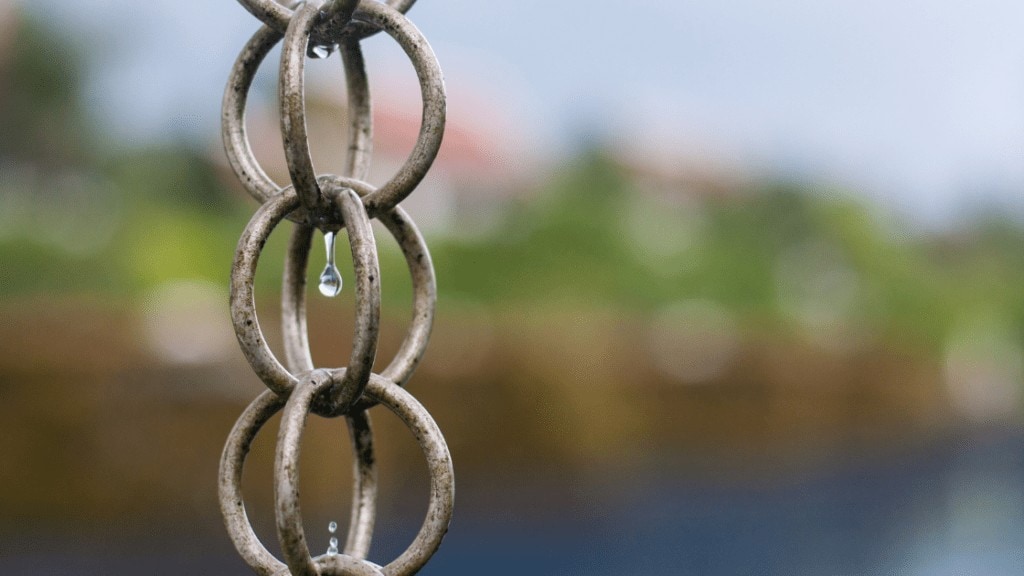
Rain chains and downspouts are both used for the same purpose – transporting water from the rain gutters to the ground. Downspouts are simple pipes in which rainwater flows down as it reaches the ground. Rain chains on the other hand are a more interesting and unconventional option – they feature stacked cups, or rely on the ‘stickiness’ and surface tension of water to direct it towards the ground.
In this article, we’ll explore the pros and cons of rain chains and downspouts and help you decide which option is better suited for your house. In general, rain chains mostly have decorative and aesthetic value, while downspouts are used for their practicality and durability.
What is a Rain Chain and How Does It Work?
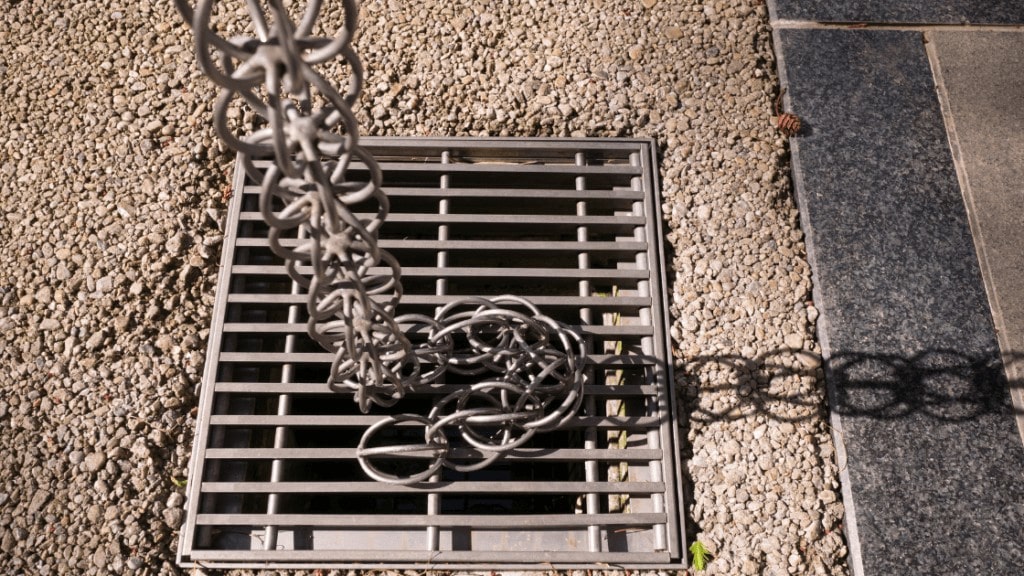
It’s obvious how downspouts work – they’re nothing more than vertical drainage pipes. But what about rain chains? How can a chain hanging from the output of a rain gutter help with water drainage?
Browse our Affiliate Products
Rain chains perform just like a wick – the cohesion force, or ‘stickiness’ of water makes it stick to the surface of the chain and run down around it. This achieves two things:
- The stream of water is directed downwards instead of splashing randomly out of the opening of the rain gutter, and
- The velocity of the falling water is reduced, preventing splashing as it falls on the ground.
As you can probably guess, anything solid that vertically connects the rain gutter openings to the ground can perform just like a rain chain – simple lengths of wood were used for that purpose in the past, when plastic wasn’t yet popular and the only available pipes were expensive ones made out of copper or steel.
Typically, the area where the rain chain reaches the ground is covered in some sort of drainage material, like gravel or small stones. This gives the ground a higher surface area to absorb the falling water, preventing puddles from forming.
Also check out our affiliate products rain gutters and accessories catalog featuring downspouts and rain chains for your home and patio by clicking here. Rain Gutters & Accessories
A simple way to install a rain chain is to hang it from the opening of the rain gutter and then simply bury the ground end in a large pot, filled with gravel.
Types of Rain Chains
It’s important to note that there are two distinct types of rain chains, which perform very differently. They are both still referred to simply as ‘rain chains’ and aren’t really being put into separate categories, but you’ll immediately be able to tell them apart by looking at them.
Chain Consisting of Stacked Cups
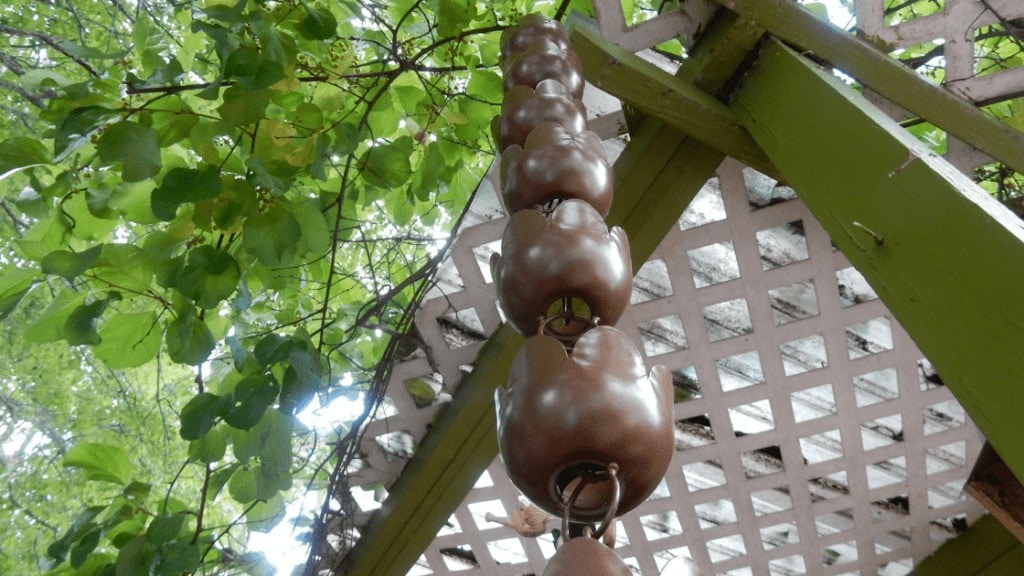
The first type consists of stacked cups – it’s not really a chain in the conventional sense of the word and performs just like a downspout – when properly installed, almost no water will spill on the sides and all of the rainwater coming from the gutter will eventually reach the bottom cup, where it will drain out.
Those types of rain chains are more expensive, but are very popular. They are the type of rain chain commonly used in Japan.
Regular, Ring Chain
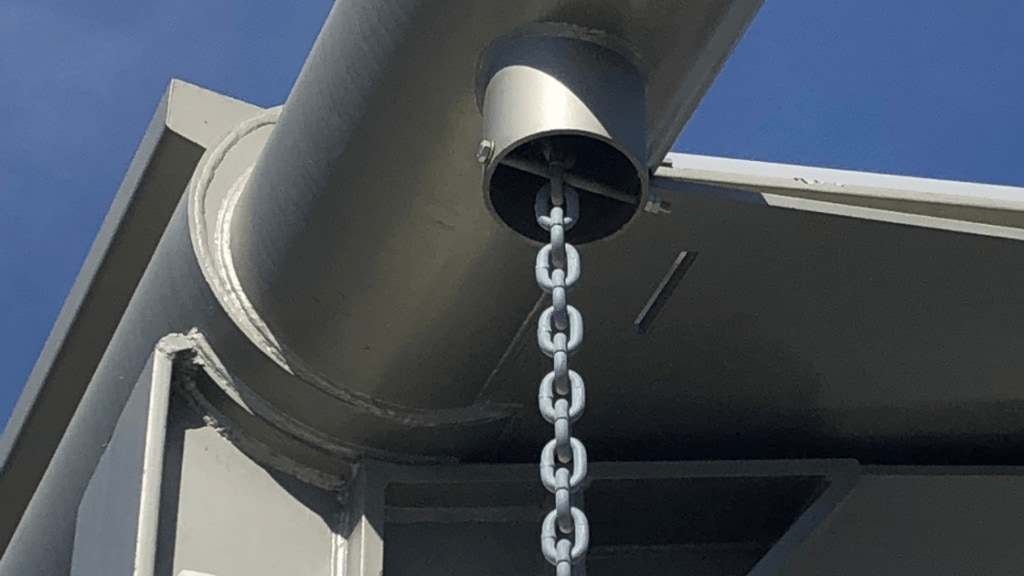
This is the type of rain chain that actually resembles a chain – it’s just a length of connected copper rings. This type of chain is cheaper and has less of an aesthetic impact, compared to the complex-looking, cup-based chain. Because it relies purely on the downstream of water ‘sticking’ to its surface, it doesn’t really perform as well as cup-based chains or downspouts.
However, when properly connected to the output of the gutter, it does work relatively well. A problem with this type of rain chain is that it usually meets the gutter opening in only the places where the rings touch it, allowing for a lot of area for the water to escape without being ‘captured’ by the chain. As a result, there may be a significant amount of side spillage, especially during heavy rains.
Why and When to Use a Rain Chain Instead of a Downspout
Rain chains are usually considered ornamental in nature, but there are a few situations where they can be more practical to use than downspouts.
In situations where the output of the gutter is not near a wall, and there is a window on the nearest wall surface, the construction of a downspout may involve as many as four, 90-degree bends. In that case, hanging a rain chain can be a much simpler alternative. It can also be done temporarily, until you decide to install downspouts.
For more information on downspouts and splash blocks click here. Downspout Drain Extenders or Splash Blocks? (Which is Better)
Although there is some practicality to rain chains, they are still more commonly used for their aesthetic and decorative purpose. Because they are commonly used in Japan (called kusari-toi) they are often considered a Japanese-style ornament, However, they can be an interesting addition to any house, regardless of its design.
The types of rain chains used in Japan are typically stacked cup designs, which both perform well and are visually interesting.
Pros, Cons, and Cost of Downspouts:
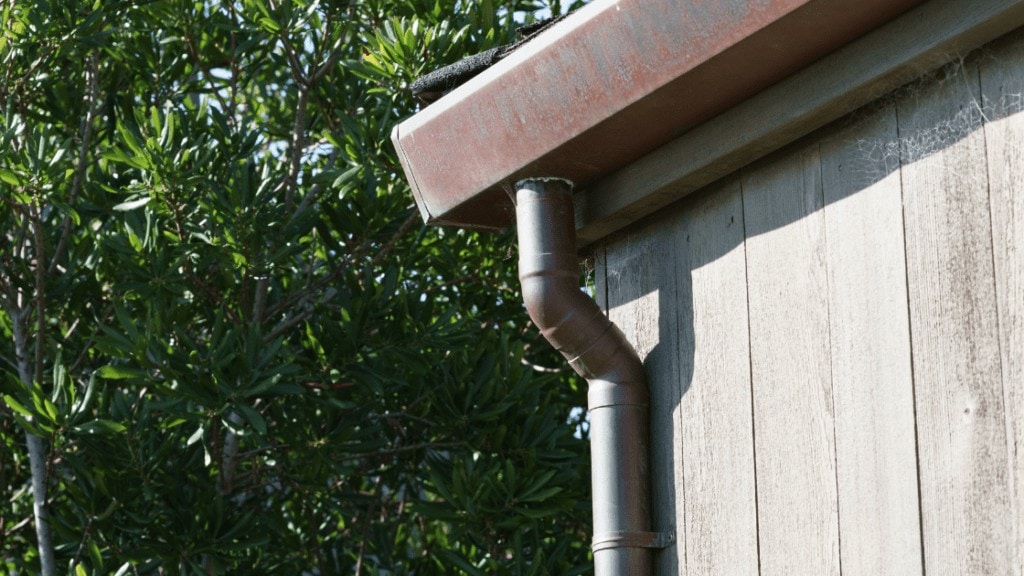
Pros: Downspouts are practical, proven and sturdy – when properly installed they are virtually a set-and-forget option for draining the water from your roof. They’re not visually
impressive or distracting, which can be a good thing for modern and slick house designs.
Cons: Being the simplest way to transport water from the rain gutter to the ground, downspouts don’t really have practical disadvantages. Still, rain chains can be preferred by some for their look.
Cost: Depending on how many down spouts you have, a typical cost would run about 30.00 US dollars per downspout including flex elbow for drainage times how many you have.
Pros, Cons, and Cost of Rain Chains
Pros: Rain chains can be easier to install, especially compared to downspouts that have a lot of bends. They can be temporarily hanged from a gutter opening just by using a stick or a metal rod.
They can be an interesting design feature. Because the pouring water is visible, they can be interesting to observe during a rain, especially for kids. Compared to downspouts, rain chains are much less commonly used, which can be an advantage and set your house apart.
Cons: Rain chains are not as practical as downspouts – if you’re looking for sheer practicality and just want to seamlessly drain the water from your roof into the ground, you should go with downspouts instead. Rain chains can create noise as they are moved around by the wind and they aren’t as good at preventing splashes.
Cost: Depending on how many rain gutter outlets you have, you can expect to pay starting at 20.00 US dollars times how many you would like to install.
The effectiveness of rain chains made out of rings and not cups is particularly low when it comes to their ability to direct water in a tight stream.
In conclusion, rain chains are obviously more of a design feature and less of a practical way to drain water, while the opposite is true for downspouts. Still, even though downspouts are the clear winner when it comes to practicality, rain chains can certainly be used and if you like how they look, there is absolutely no reason not to use them instead.
